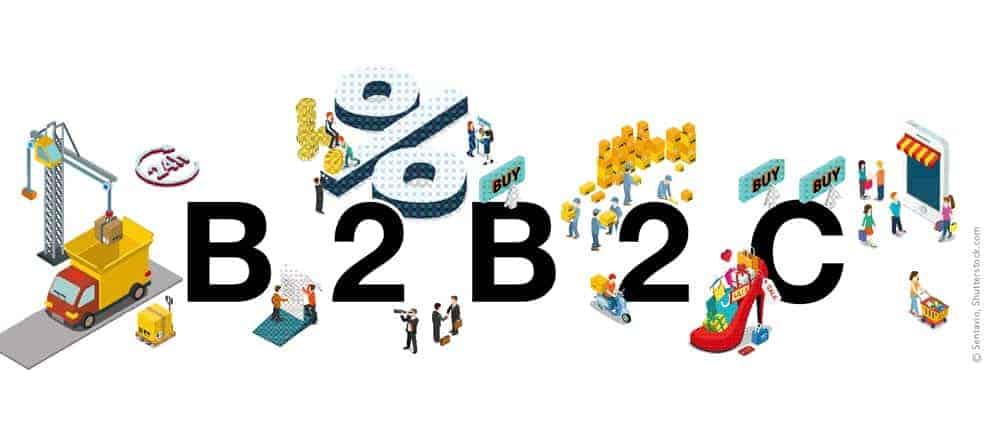It doesn't always have to be Ariba


Users of SAP Supplier Relationship Management (SRM) and Supplier Lifecycle Management (SLC) are under pressure. The end of maintenance for Business Suite 7 announced for 2025 makes it necessary to think about new options for SAP-based purchasing.
SAP itself focuses on the Ariba network and the real-time ERP suite S/4 Hana. As a public cloud solution, however, Ariba is not an option for every purchasing organization. One reason for this is data protection concerns, another is that only standardized purchasing processes can be mapped with very little need for customization.
Industry-specific and regional features, such as the GAEB standard for construction services, usually fall by the wayside in public cloud solutions like Ariba.
S/4 Hana then?
There is much to be said for this. For example, the new Business Suite contains the same procurement functions that were previously available as SAP Materials Management (SAP MM). Since S/4 is based on the in-memory platform Hana, users benefit from significant performance increases as well as better options for ad-hoc reporting, analyses and simulations.
Thanks to the intuitive SAP Fiori interface technology, they can access all the purchasing functions they need faster and more easily. And they can do so from any device, anywhere, anytime.
For users of classic SAP purchasing solutions, the S/4 Hana strategy has different consequences: While SAP SLC will be directly integrated into S/4 Hana and will be available to all customers as standard, the widely used, proven SAP SRM will be phased out by 2025 at the latest.
While time is running out, SRM users are currently faced with the question of whether they should continue to invest in their purchasing system in order to implement necessary innovations.
In addition to targeted efficiency gains, it is primarily legal requirements that are currently driving the digital transformation in purchasing. One example is the new EU procurement directives for public tenders.
Alignment with roadmap
In principle, it is advisable to align an investment decision in SAP-based purchasing with a company's general S/4 Hana roadmap. Is no switch to S/4 Hana planned in the next three years? Then it is worth investing in the existing SRM and SLC solutions.
Since these purchasing solutions will be in maintenance at least until the end of 2025, customers will be provided with regular enhancement packages and security updates.
However, if the S/4 changeover is to take place within the next three years, it is advisable to wait until then before making any major system adjustments. Purchasing organizations can cover current requirements with special cloud solutions.
Another alternative is offered by integrated transition solutions, in which numerous useful procurement functions are integrated directly into the existing SAP infrastructure.
This has numerous advantages for users, especially of a commercial nature. Since SAP SRM becomes completely dispensable, it can be a cost-neutral project.
Savings on the eliminated hardware compensate for investments in the new solution. In addition, the total cost of ownership (TCO) is reduced because the previously complex system environment of ERP, SRM, catalog, and content management is reduced to a single system.
Direct integration into the ERP landscape increases data security. It also ensures a consistent database and facilitates subsequent migration to S/4 Hana.
With an integrated transition solution, companies can make their purchasing fit for the digital age without having to switch to the Ariba cloud or to S/4 in the short term.
According to a recent DSAG investment survey, only a small number of companies are planning to switch to S/4 in the next three years. Two-thirds of the companies surveyed said they intend to stick with traditional ERP during this period or are still undecided.






